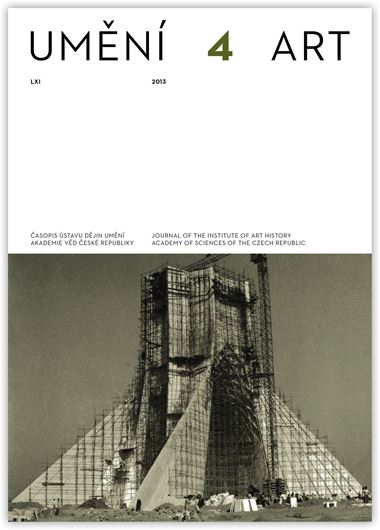Dalibor Veselý
Surrealism, Mannerism and Disegno Interno
Modern movements, including Surrealism, are treated very often as homogenous and isolated, ignoring their historical transformation. This is particularly problematic in the case of movements such as Surrealism that went through many changes in its history and yet is still frequently interpreted in narrow terms of mental automatism or objective chance. As a good example, Czech Surrealism, represented by Karel Teige, was seen by him as a result of automatism described as ‘inner model’. This understanding has its origin in the manneristic disegno interno, the product of modern individualism, supported by Renaissance perspective, which contributed to the cultivation of individualism and the creation of abstract constructions, such as L. B. Alberti’s lineamenti. Lineamenti made it possible to create art geometrically, without reference to matter. Such possibility was characteristic of the nature of disegno interno, which contained the divine idea in human mind. The relation between Surrealism and Mannerism can be followed on the level of dreams, Hermetism and poetic analogies. On the level of dreams, Surrealism substituted the nature of the world with dreams. In Mannerism, dream was a journey of human soul to the Neo-Platonic unity of the world. Hermetism was for the Surrealists an important source of poetic inspiration, mainly in the sphere of literature and imagination. In Mannerism the hermetic disciplines were a key to the understanding of reality in its wholeness. The principles of analogy were for the Surrealists identical with the principles of metaphor, which for them had poetic meaning, while in Mannerism metaphor was a key to the understanding of the structural nature of the world. In Mannerism, metaphor was seen as a source of experience and talent (ingegno), creative activity (argutezza) and the sense of wholeness in the form of schemes and figures (concetti). In later years Surrealism distanced itself from the earlier fascination with dreams and automatism and moved closer to the anonymity of creation. This was articulated clearly by Breton in the third manifesto: ‘Man is probably not the centre, the central point of universe,’ and in other place he raises a question: ‘What we create, is it ours?’ In sum, it is possible to see the development of Surrealism as a movement from the psychic automatism to the anonymity of creation, in which it discovered the world.
Full-text in the Digital Library of the Czech Academy of Sciences:
https://kramerius.lib.cas.cz/uuid/uuid:39269b4d-8313-46fa-92d3-5516e2e9cb83
< back

